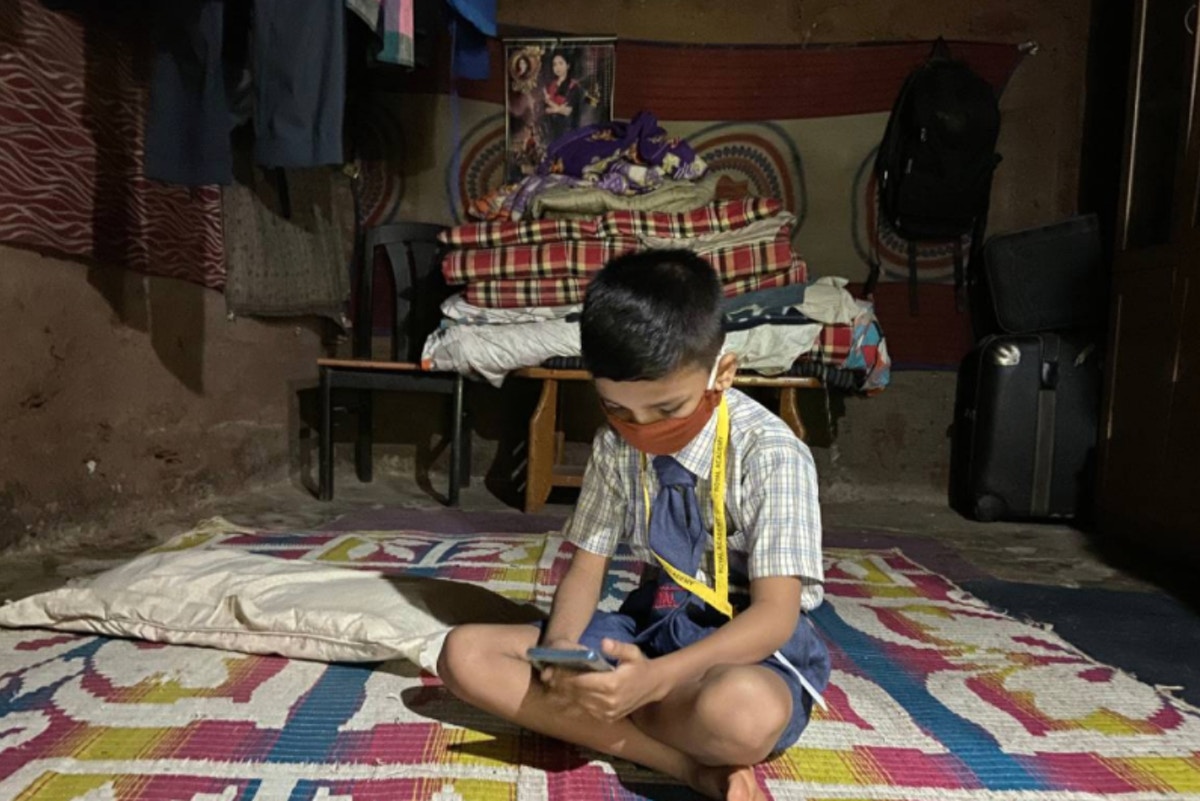The UNDP report COVID and Human Development: Assessing the Crisis, Envisioning the Recovery states that the pandemic has emerged as a “human development crisis” with indicators of certain dimensions expected to sink as low as mid-1980 levels. Education is one such dimension. With schools being closed and large proportions of the population without internet access, “effective out-of-school rate” suggests that 60% of the children across the globe do not have access to education.
Data from the Ministry of Human Resource Development suggests that even before the pandemic had unleashed its impact, the Indian education system had pre-existing cleavages. A large number of children were already out of school and the majority of them belonged to multiple disadvantaged groups and communities. The pandemic made it essential for schools to be closed down to prevent the spread of the virus. This meant that large proportions of children were pushed out of school and subsequently virtually eliminated from access to education.
Although disproportionate engagements with online learning have taken shape in the country, the digital divide has become even more prominent than before. Urban-rural divide, lack of access to electricity and internet connectivity has affected a significant majority of India’s population, with children belonging to marginalised communities at the risk of being further pushed out to a greater extent. In this context our Policy Brief explores the status of access to primary education across government schools in Delhi and suggests reforms to address the newly arisen concerns.
Click here to read the Policy Brief
Update: Delhi Government’s Action in line with our Recommendations

